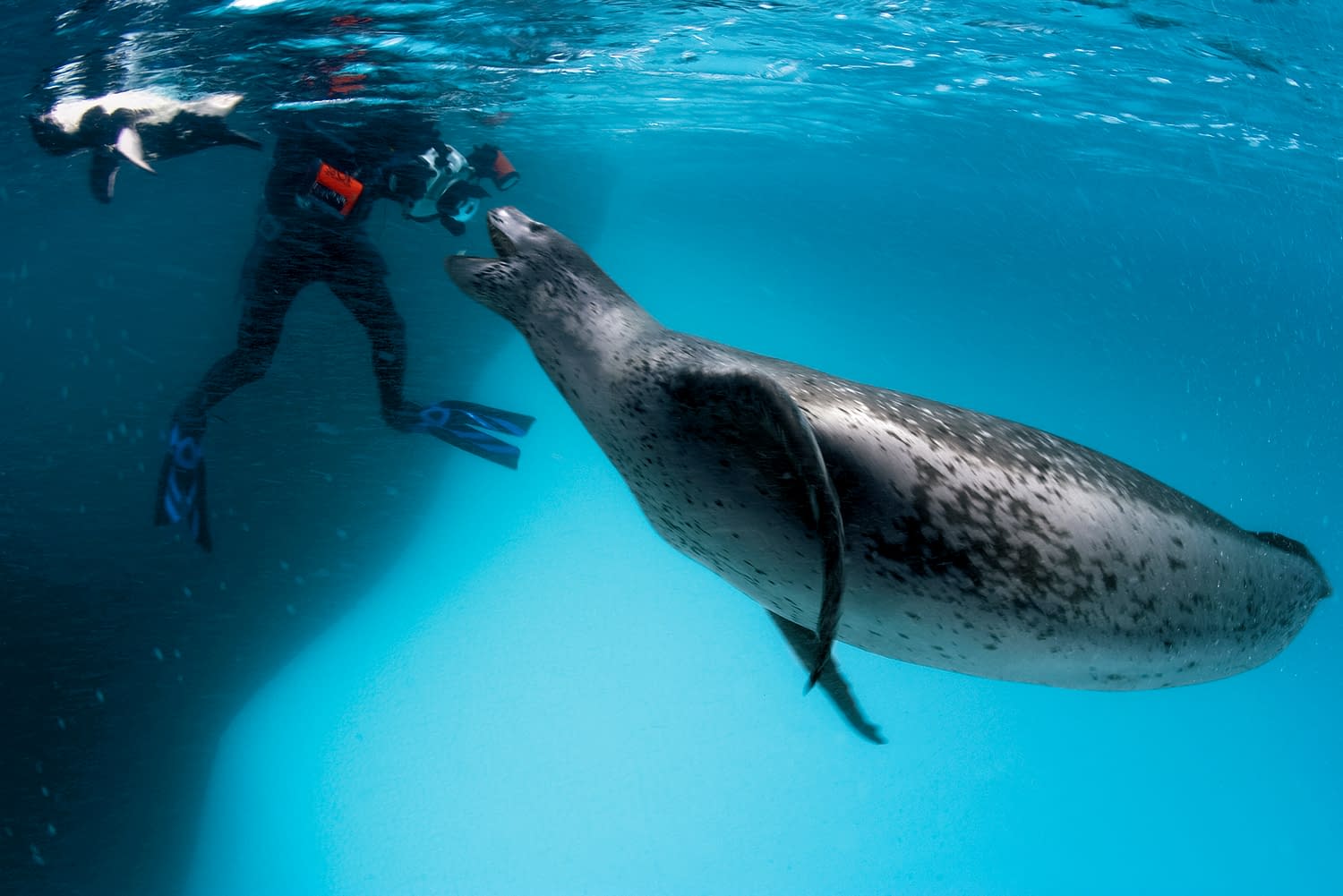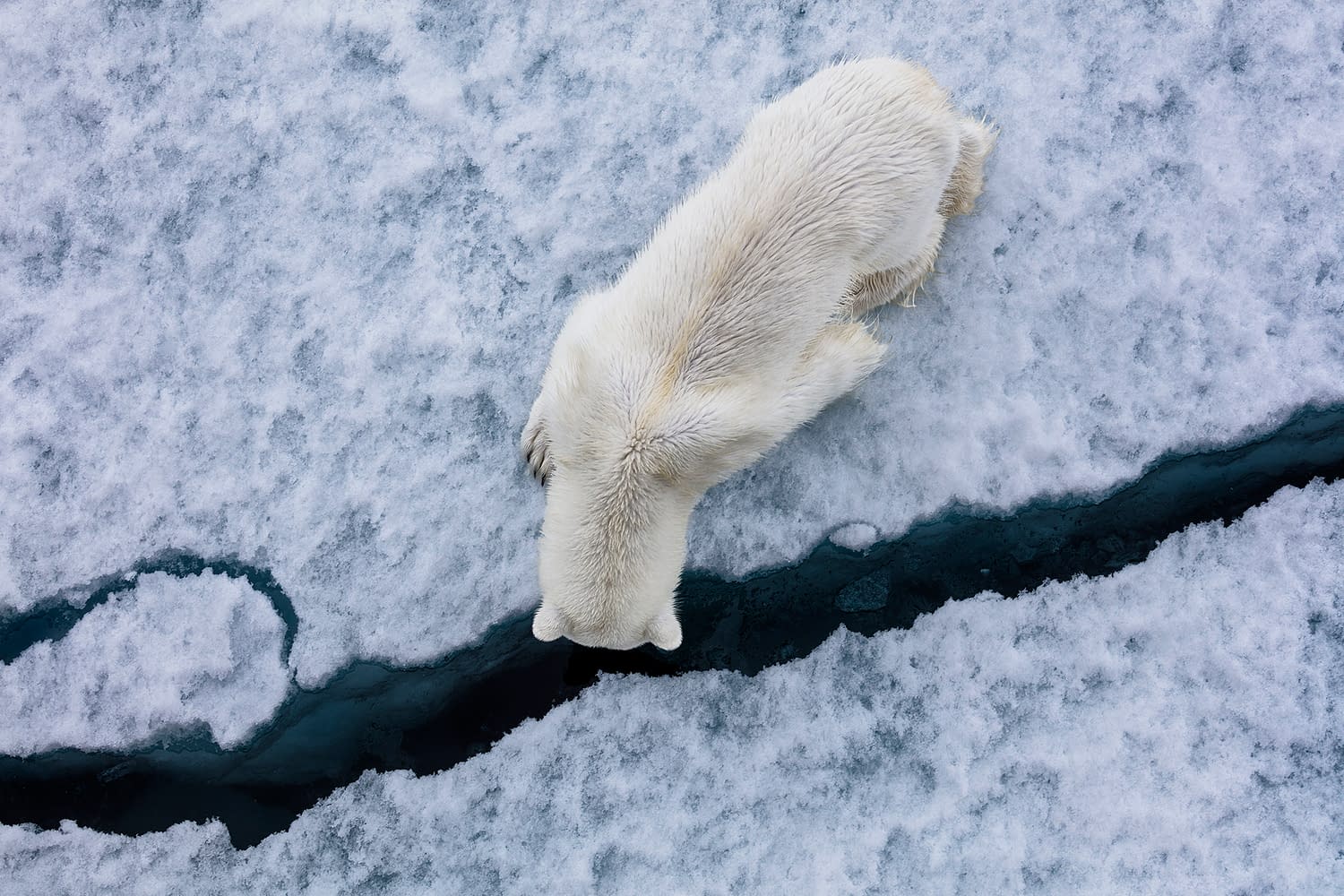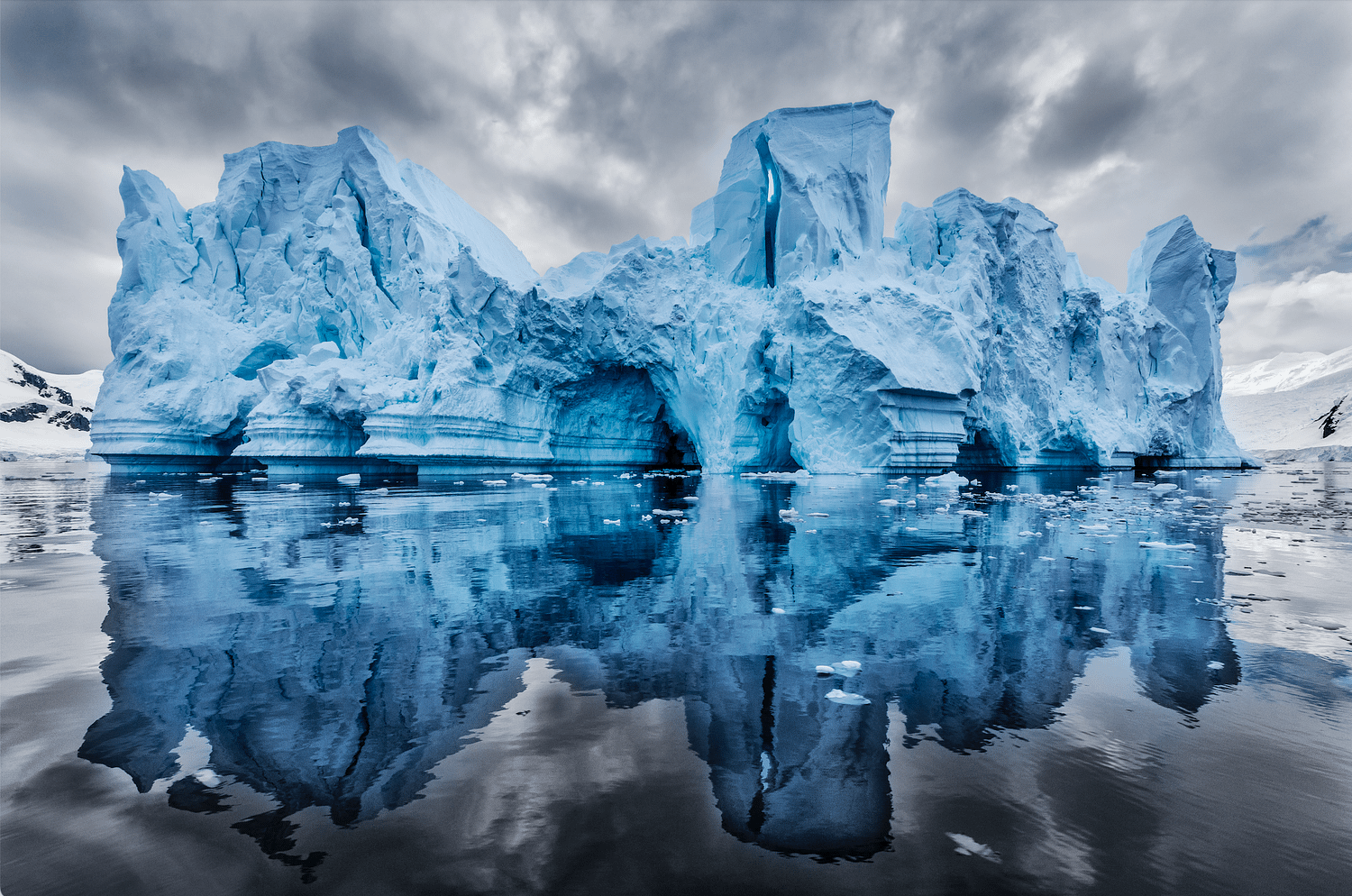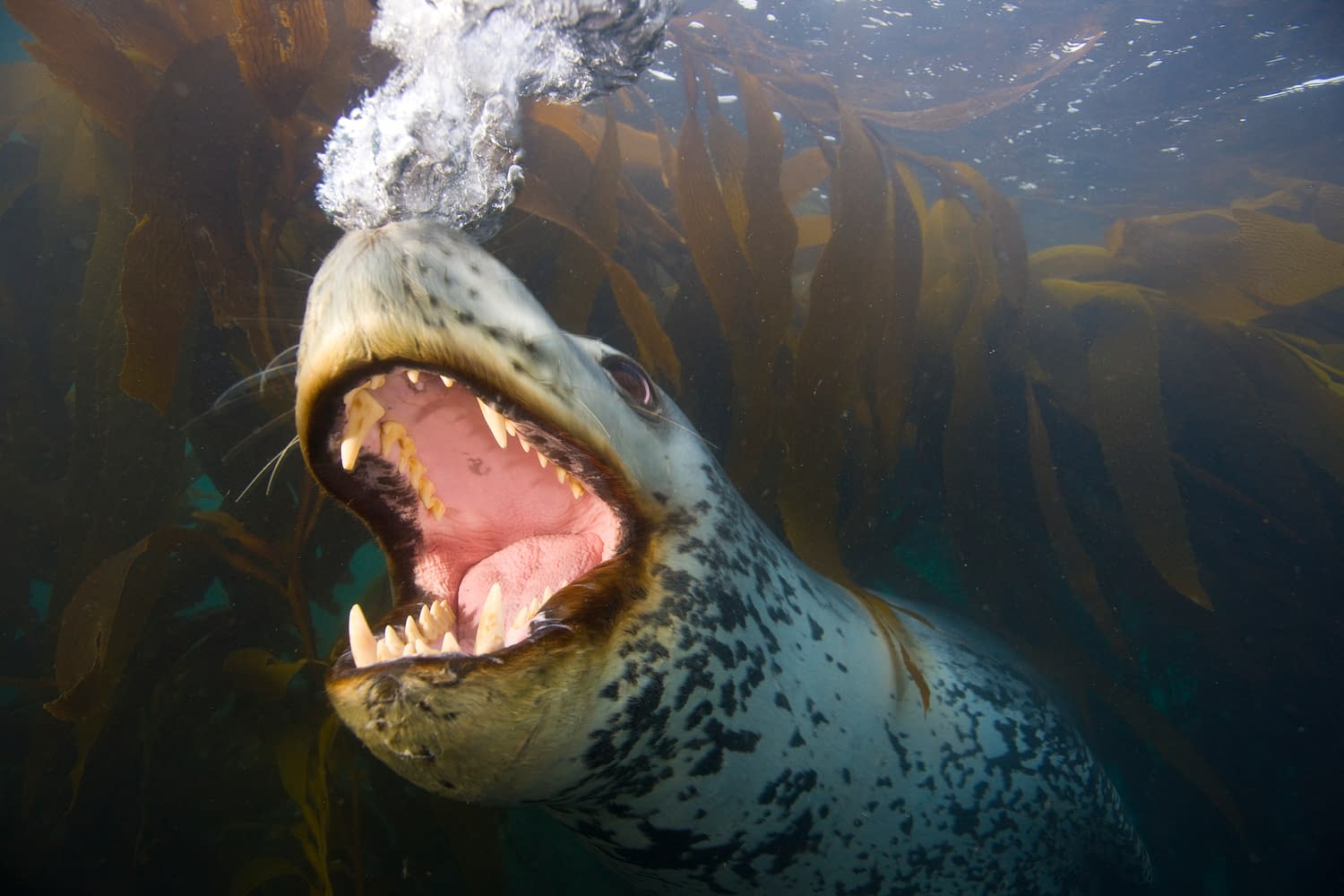
Peter Zeihan: Europe Goes Nuclear
We’ve got two major developments in Eurasia. We’re talking about Ukraine disabling two ships in the Caspian Sea and Poland getting EU approval to build…
Thought Leader: Peter Zeihan

If you’re one of the 7 million people who follow Paul Nicklen on Instagram, you already know as well as we do how easy it is to lose yourself in his stunning work. If you’re not familiar with him yet, prepare to see the natural world unlike you’ve ever seen it before.
Nicklen is a Canadian photographer and marine biologist specializing in the polar regions and their wildlife, and his jaw-dropping images are unmatched. In 2019, he was inducted into the International Photography Hall of Fame appointed to the Order of Canada. He’s also a fellow of the International League of Conservation Photographers and the National Geographic Society.
His work isn’t just gorgeous — it really matters, too. In 2014, Nicklen co-founded SeaLegacy, a non-profit organization that propelled ocean conservation onto the world stage through the power of visual storytelling, impact campaigns, and the funding of sustainability projects. In 2020, on the 50th anniversary of Earth Day, he announced his flagship project: Only One, a web-based platform showcasing original content that drives people to take action and change their habits for the benefit of the ocean.
Nicklen’s incredible photos will stop you in your tracks, and we could spend hours just starting at them. But like all great art, the stories behind how he captured these images are just as fascinating. We asked Nicklen to share five of his favorite photographs and tell us more about the unforgettable moments that made them possible.

This is the huge female leopard seal that fed me penguins for four days straight while on assignment for National Geographic Magazine in 2006. In this image, she’s flirting with my good buddy Goran Elme, who is 6’2”. It’s hard to get a true handle on her size, but she appeared to be the same length as our 12-foot-long inflatable boat. I have seen hundreds of leopard seals in Antarctica and have had over 50 different ones approach me underwater, and she is by far the biggest one I have seen. She was also the most confident, interactive, and the most generous with her time and her penguin offerings. Out of my 23 stories for National Geographic over 20 years, this was my fifth and my favorite assignment of them all. Join me for more behind the scenes stories from some of my most extraordinary wild encounters at Born Wild on Bulletin.

Sometimes an unexpected perspective can help create a stronger sense of familiarity and intimacy with a subject. I find the top-down view of this polar bear, searching for signs of a seal along a freshly-formed crack in the sea ice, provides a unique glimpse into her daily life and helps me feel as though I am there next to her. My goal with pieces like this is to cultivate a rapport with animals that seem very different from us at first glance. In doing so, I hope we’ll be more inclined to consider their wellbeing alongside our own. “Uncharted” is part of my fine art collection.

I have discovered and quickly forgotten thousands of icebergs over the decades, but my encounter with the “Ephemeral Palace” remains crystal clear in my memory. It spoke to me as I drifted toward the Antarctic Peninsula — something about its fragile archways felt almost magical. Antarctica’s icebergs dwindle in size every day, slowly melting out of existence, and it’s strange to think that this intricate structure, so massive and dramatic when we crossed paths, is now gone forever. The opportunity to have recorded its brief presence with my photography is a privilege for which I am grateful. “Ephemeral Palace” is also part of my fine art collection.

“Unicorns of the sea” is an appropriate epithet for the narwhals of Canada’s Arctic. Not only do their enormous, spiraled tusks bear a resemblance to that of the mythical equines, but they are about as difficult to capture on film, especially so underwater. Sensitive and shy, narwhals will retreat the moment they detect a stranger’s presence in their home. Even the softest crunch of footsteps on the ice above or the gentlest ripple of a fin tip in the water will send them scurrying into the depths.
After many trips and half a decade of trying, I finally found success. The memory remains very close to my heart — one of my deathbed experiences, or so I call them. As guilty as I felt for disturbing the narwhals, an image captured during the encounter ended up as the opening spread in our National Geographic article, helping to connect millions of people around the world to a precious species in dire need of conservation efforts. I share more stories about my most unforgettable wild encounters at Born Wild on Bulletin.

This is another, lesser-known encounter with a beautiful female leopard seal in South Georgia, Antarctica, who loved to blow bubbles in my face. My guess is she was challenging the “other” seal in my large camera dome (which was her reflection, of course). It’s a lot harder to shoot underwater when you are gutting yourself laughing. You’ll find more of these one-of-a-kind images — and the stories behind them — at Born Wild on Bulletin.
Peter Zeihan: Europe Goes Nuclear
We’ve got two major developments in Eurasia. We’re talking about Ukraine disabling two ships in the Caspian Sea and Poland getting EU approval to build…
Thought Leader: Peter Zeihan
Dr. Sanjay Gupta’s Top Health Stories of 2025
From the resurgence of measles to a new way to treat pain, 2025 was a challenge for public health while still offering moments of hope. Sanjay…
Thought Leader: Sanjay Gupta
Ian Bremmer: The state of global conflict in 2025
On GZERO World, Ian Bremmer takes a hard look at the biggest global crises and conflicts that defined our world in 2025 with CNN’s Clarissa…
Thought Leader: Ian Bremmer

